
Amin Rezapour is part of NASA’s team of spaceflight specialists who are working closely with the aerospace industry to develop and operate vehicles that can safely fly astronauts to the International Space Station. As the spacecraft technical integration manager for NASA’s Commercial Crew Program, Rezapour works closely with SpaceX as the company builds its Crew Dragon spacecraft.
For a spacecraft to be certified, the design has to meet stringent NASA standards. For Rezapour, this is a good fit as he is an electrical engineer with majors in computer science as well as robotic and control systems. After years of experience in communication and tracking systems on commercial vehicles, first with Boeing and then with NASA’s Johnson Space Center and working many years with NASA partners on cargo vehicles from requirement developments, design, test and operation, Rezapour knows what it takes to design, verify and operate successful spacecraft vehicles. Read more: https://go.nasa.gov/2qJTzHi


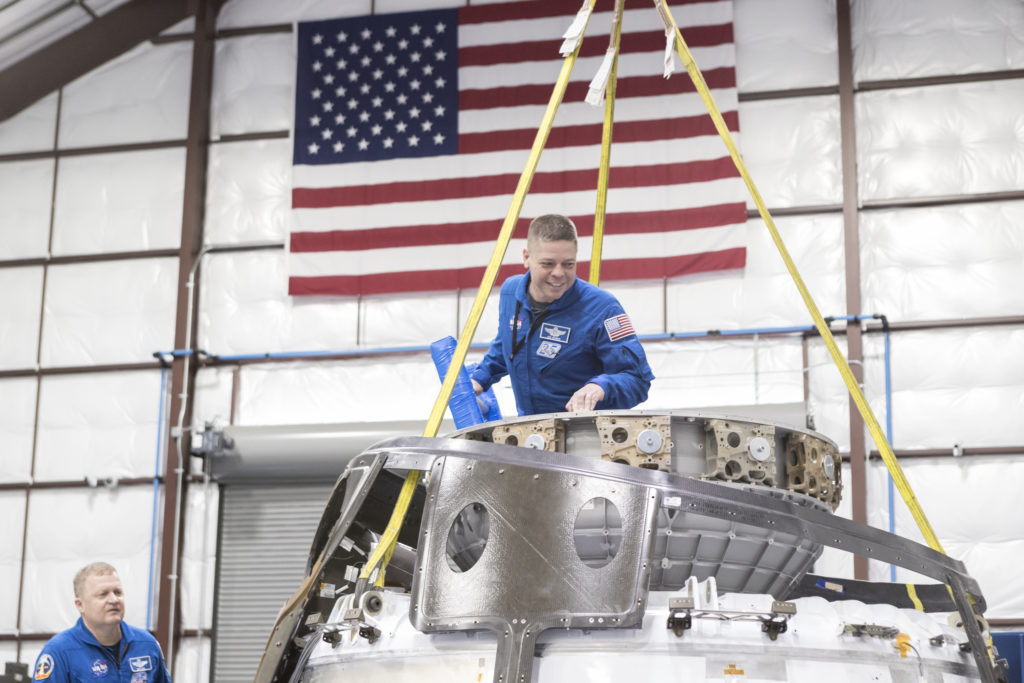
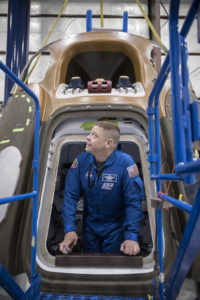 Bob Behnken and Eric Boe, two of NASA’s four veteran astronauts who supported SpaceX as it refines its crew transportation system designs, checked out the Crew Dragon being used for qualification testing. NASA astronauts routinely travel to industry facilities during spacecraft and mission development to train and offer insights to engineers.
Bob Behnken and Eric Boe, two of NASA’s four veteran astronauts who supported SpaceX as it refines its crew transportation system designs, checked out the Crew Dragon being used for qualification testing. NASA astronauts routinely travel to industry facilities during spacecraft and mission development to train and offer insights to engineers.
 Engineers for the first time powered up the CST-100 Starliner spacecraft that will fly Boeing’s inaugural flight test of the next-generation spacecraft. Working inside Boeing’s Commercial Crew and Cargo Processing Facility at NASA’s Kennedy Space Center in Florida, the test team activated the flight avionics system for the Starliner known as Spacecraft 1. The system is the same astronauts will use for all Starliner missions.
Engineers for the first time powered up the CST-100 Starliner spacecraft that will fly Boeing’s inaugural flight test of the next-generation spacecraft. Working inside Boeing’s Commercial Crew and Cargo Processing Facility at NASA’s Kennedy Space Center in Florida, the test team activated the flight avionics system for the Starliner known as Spacecraft 1. The system is the same astronauts will use for all Starliner missions.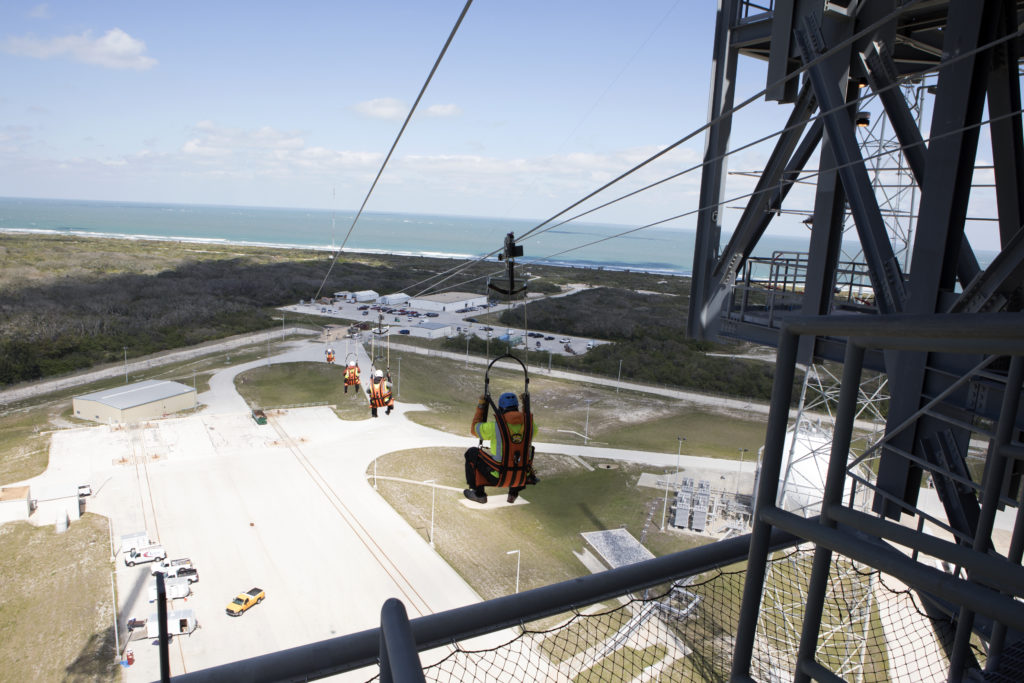
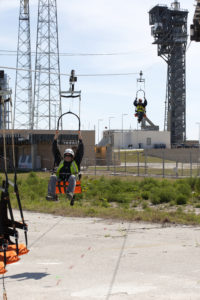








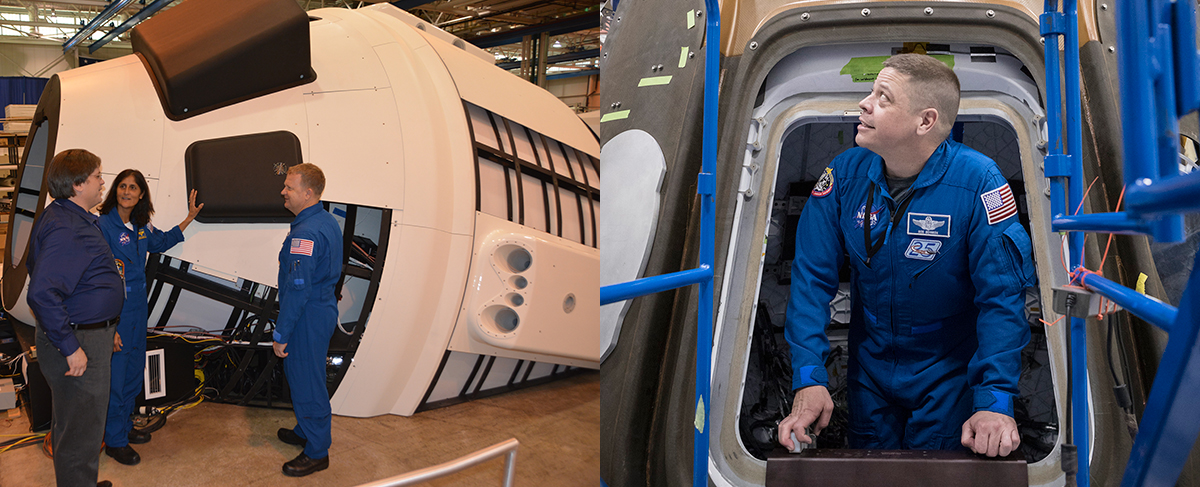 Veteran astronaut Bob Behnken is discussing NASA’s Commercial Crew Program development and training during an interview on NASA TV. Behnken is one of four NASA astronauts training for flight tests for the Commercial Crew Program. Boeing and SpaceX are working closely with NASA to build a new generation of human-rated spacecraft capable of flying astronauts to the International Space Station in order to return America’s capability to launch its astronauts from its own soil and to enhance research on the unique orbiting laboratory. Along with Behnken, astronauts Eric Boe, Doug Hurley and Suni Williams are training with Boeing and SpaceX for missions aboard spacecraft and launch systems that each company is building and will operate.
Veteran astronaut Bob Behnken is discussing NASA’s Commercial Crew Program development and training during an interview on NASA TV. Behnken is one of four NASA astronauts training for flight tests for the Commercial Crew Program. Boeing and SpaceX are working closely with NASA to build a new generation of human-rated spacecraft capable of flying astronauts to the International Space Station in order to return America’s capability to launch its astronauts from its own soil and to enhance research on the unique orbiting laboratory. Along with Behnken, astronauts Eric Boe, Doug Hurley and Suni Williams are training with Boeing and SpaceX for missions aboard spacecraft and launch systems that each company is building and will operate.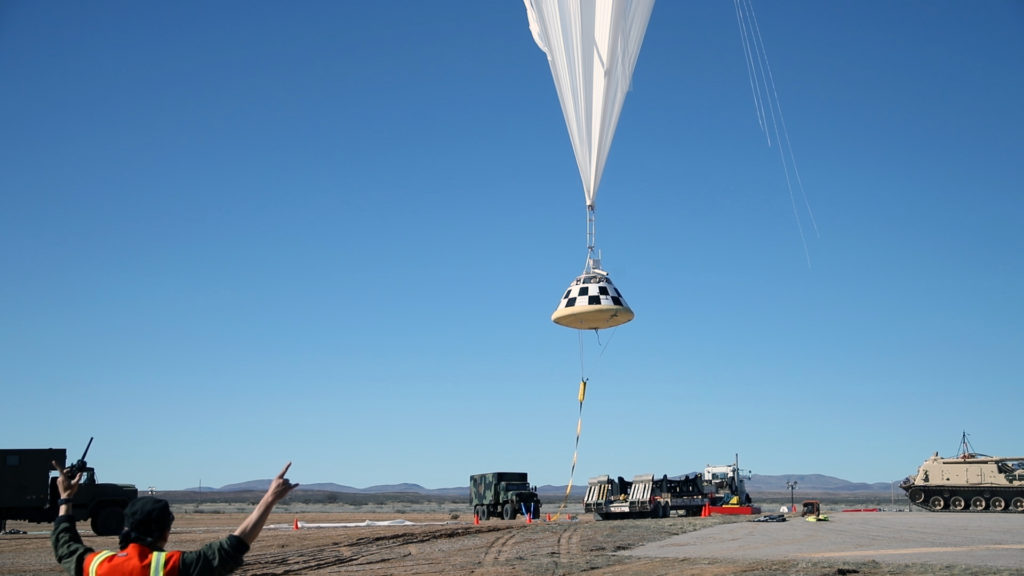
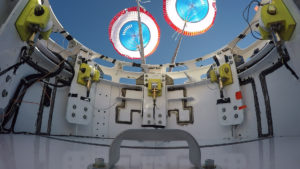 A flight-sized boilerplate of Boeing’s CST-100 Starliner touched down gently under parachutes against the backdrop of the San Andres Mountains in late February, providing a preview of how the spacecraft will return to Earth in upcoming NASA missions. Boeing is developing the Starliner to take astronauts to and from the International Space Station in partnership with NASA’s
A flight-sized boilerplate of Boeing’s CST-100 Starliner touched down gently under parachutes against the backdrop of the San Andres Mountains in late February, providing a preview of how the spacecraft will return to Earth in upcoming NASA missions. Boeing is developing the Starliner to take astronauts to and from the International Space Station in partnership with NASA’s